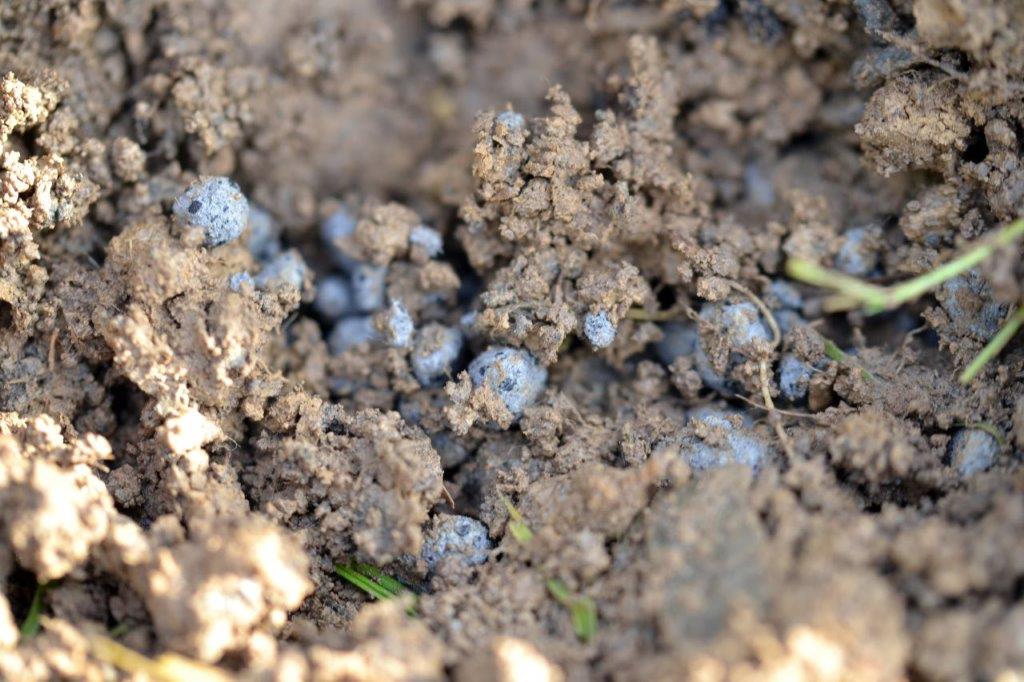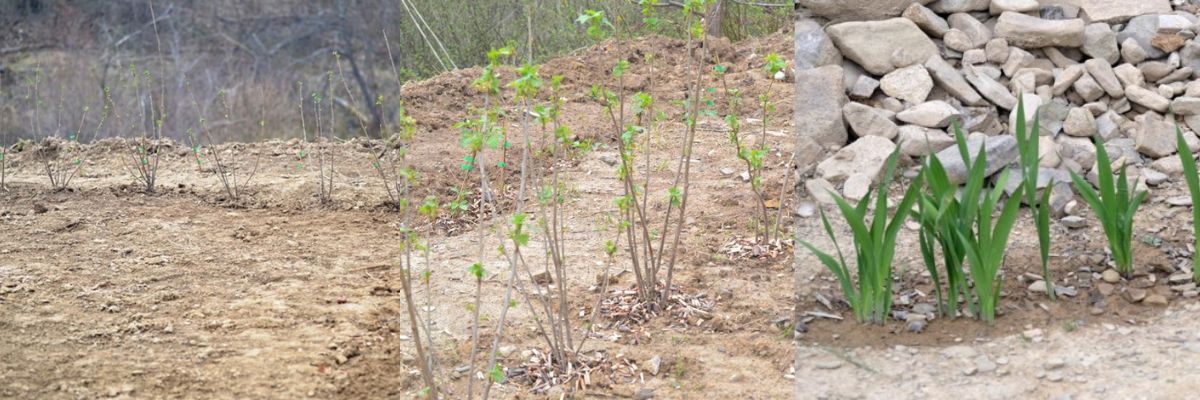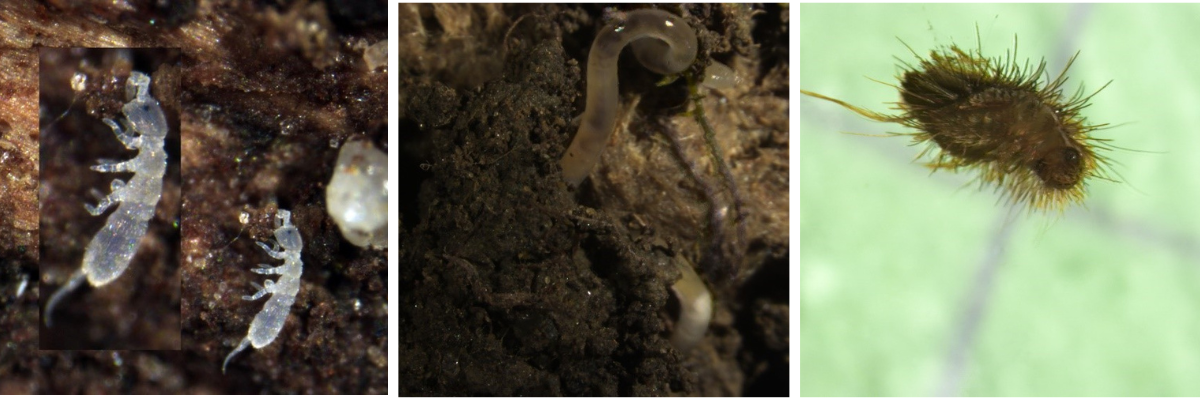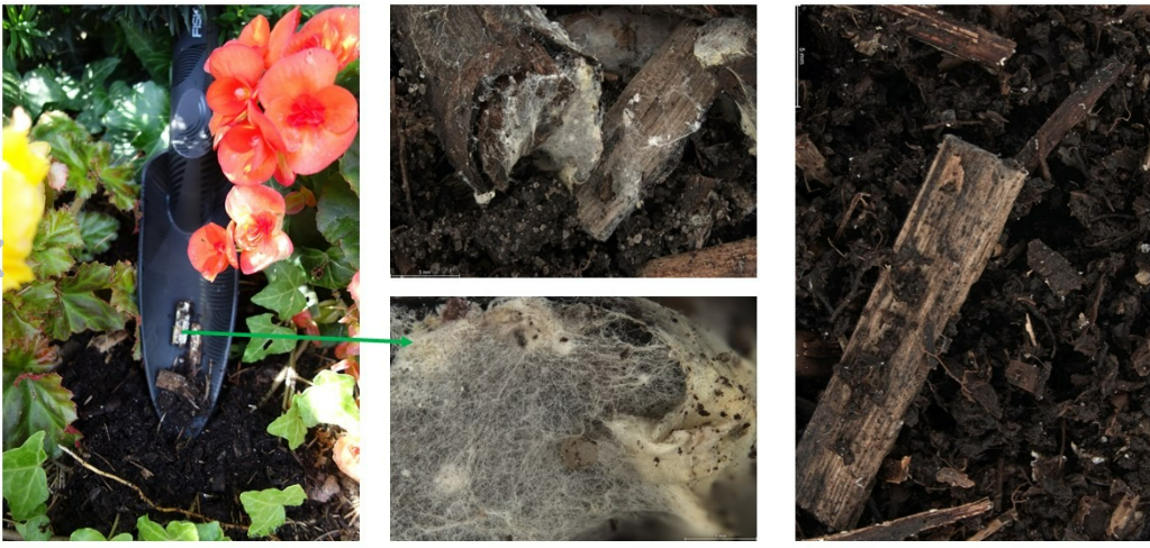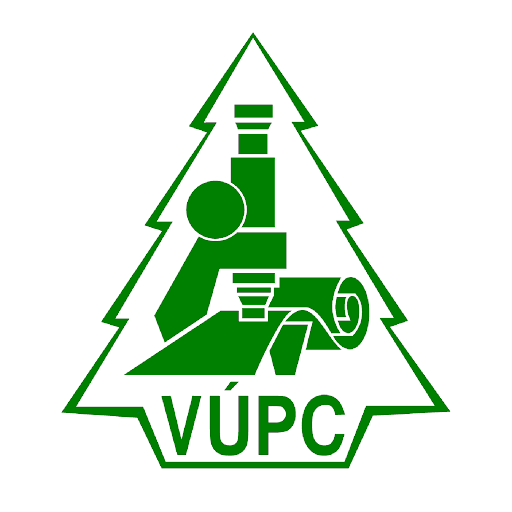01. About project
Aim of the project
✔ Improvement of the soil condition through pellets made from rock and cellulose waste combined with impregnated wood chips.
✔ CO2 capture through the mechanism of accelerated rock weathering ERW.
✔ CO2 sequestration by burying organic matter in the soil.
Coordinator
Research and Development Centre
“Alcor” Ltd., Poland
Partners
Insitute of Horticulture – Natrional
Research Institite, Poland
Pulp and Paper Reaserch Insitute,
Slovakia
02. SoilLifeBoats
SoilLifeBoats (The whole is greater than the sum of its parts)
Composite (RCG) Rock Cellulose Granules
HydroSoil Impregmented willow sticks
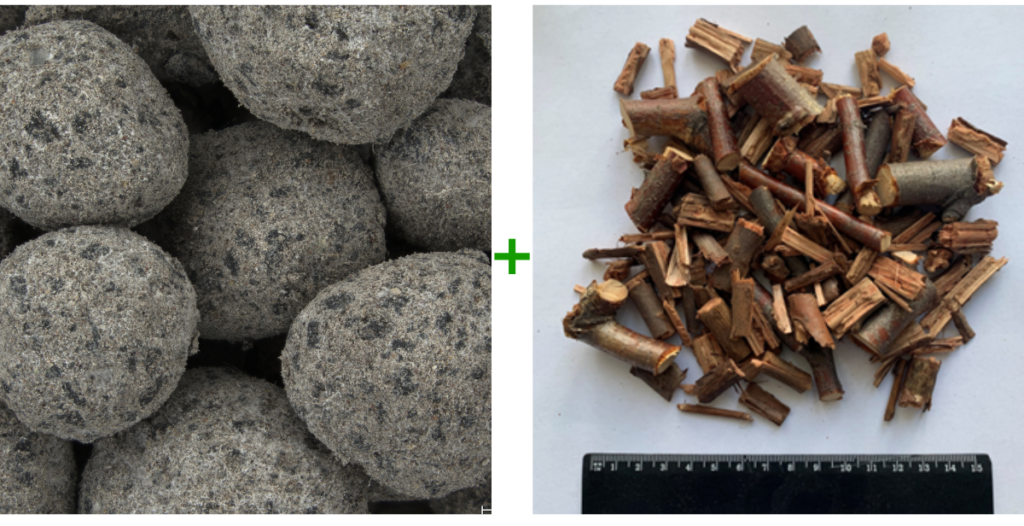
RCG completely and exclusively made from waste paper short cellulose fibres and rocks dust-slurry waste which life within soil will result additionally on soil mesofauna support, longer carbon sequestration and atmospheric carbon dioxide removal via enhanced rock weathering.
Impregnated wood sticks with NPK fertilizers will contribute to soil structure improvement, soil biodiversity increase, organic matter content increase and water retention increase.
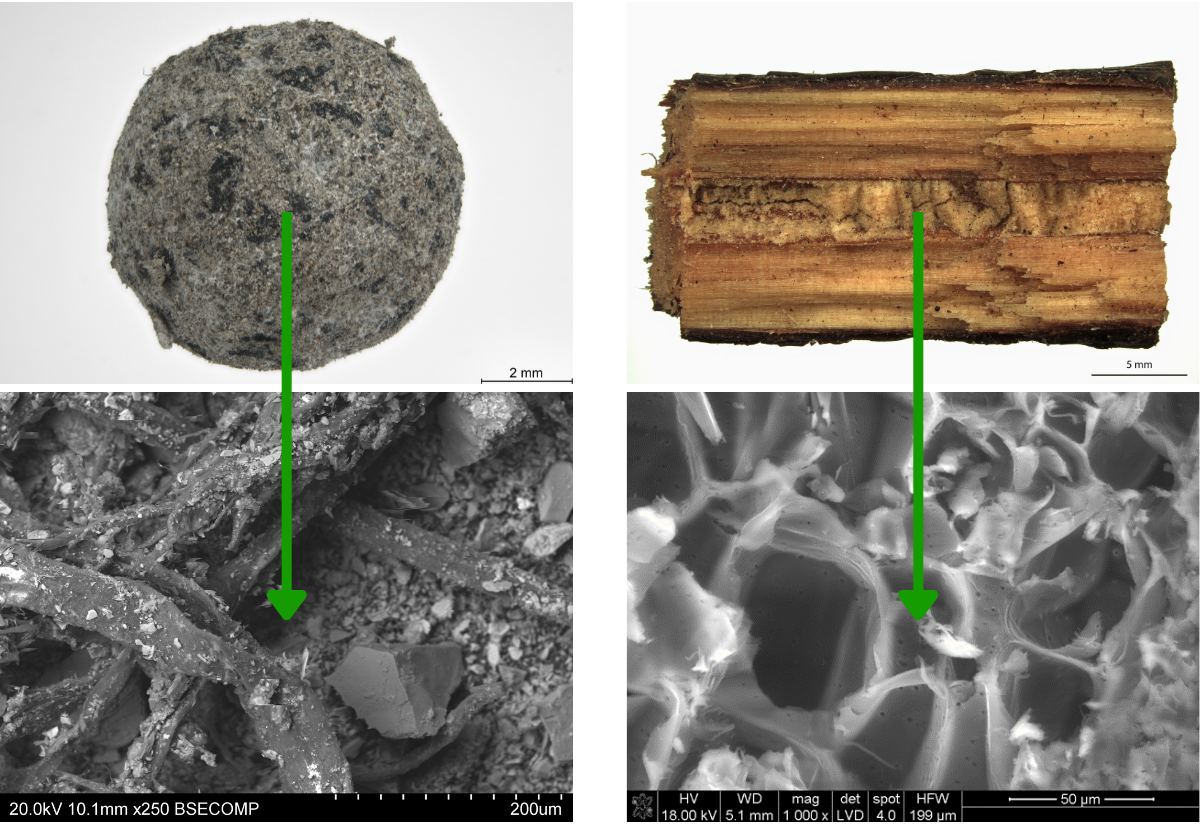
Microscopic image of the immobilized rock-cellulose composite.
HydroSoil wood sticks as a well balanced slow-acting NPK soil conditioner.
03. Impact
Improvement of the soil
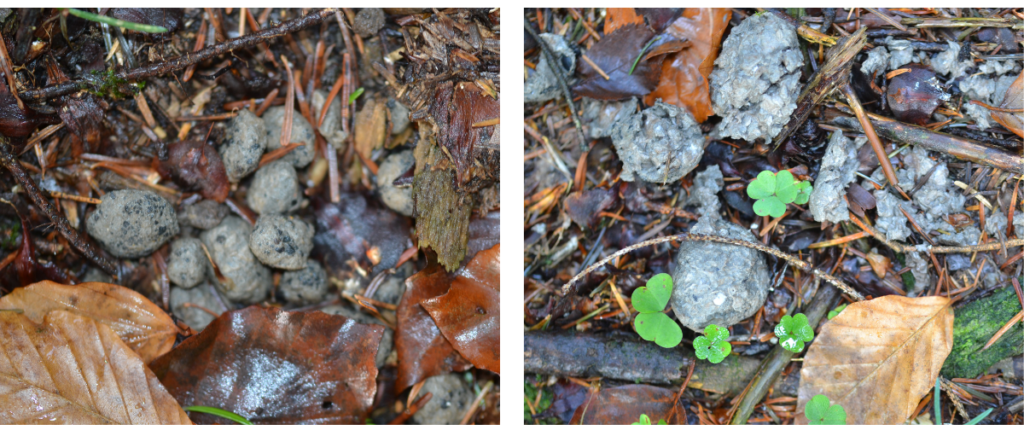
SoilLifeBoats can be used in agriculture, horticulture and forestry
The main objective of the project is to improve the soil structure and carbon sequestration through the use of rock cellulose waste granules. Compacted
cellulose will constitute particulate organic matter (POM), which, thanks to the ability to store water, will be a habitat for soil organisms, i.e. fungi and mesofauna. Mesofauna plays an important part in the carbon cycle and is likely to be adversely affected by climate change. The life cycle of soil organisms will be a source of mineral-associated organic matter (MAOM) in the form of microbial necromass. A system constructed in this way will allow for the sequestration of carbon for decades or even hundreds of years, burying the cellulose itself (cardboard boxes) would allow for a maximum of 10 years. MAOM contributes to longer-term carbon sequestration in soil. The project fits perfectly with the carbon sequestration mechanism.
Within the project soil health is assesed using QBS-ar (Soil Biological Quality-arthropod) index. It is indicator used to assess soil quality through the analysis of soil-dwelling arthropod communities. This metric is based on the concept that the number of microarthropod groups morphologically well adapted to the soil is higher in high quality soils than in low quality soils.
The recommendation to separate soil organic matter (SOM) into particulate organic matter (POM) and mineral-associated organic matter (MAOM) provides a clear and effective framework for understanding and predicting SOM dynamics. This approach addresses the complexity of SOM by focusing on two fundamentally different components, which vary in their formation, persistence, and response to environmental changes. By adopting this separation scheme, scientists can facilitate cross-study comparisons, enhance broad-scale generalizations, and better communicate SOM behavior to management practitioners and policy makers. Research provide evidence of their highly contrasting physical and chemical properties, mean residence times in soil, and responses to land use change, plant litter inputs, warming, CO2 enrichment, and N fertilization This framework not only aids in advancing the study of SOM beyond bulk analysis but also supports informed decision-making in addressing global change challenges. (Lavallee JM, Soong JL, Cotrufo MF. Conceptualizing soil organic matter into particulate and mineral‐associated forms to address global change in the 21st century. Glob Change Biol. 2020;26:261–273.
These are the SoilLifeBoats

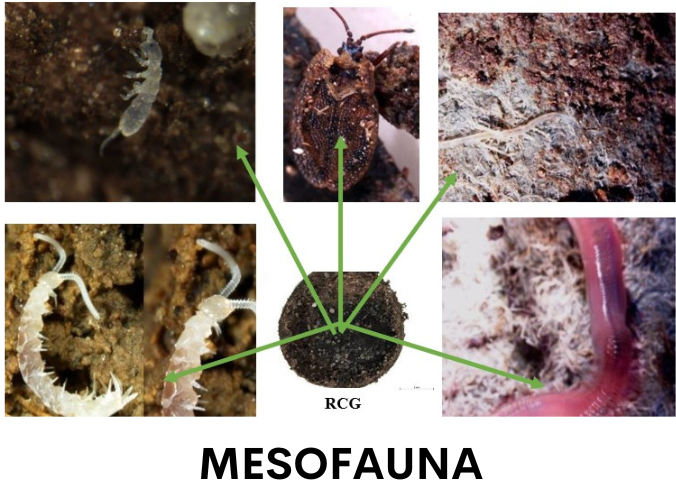
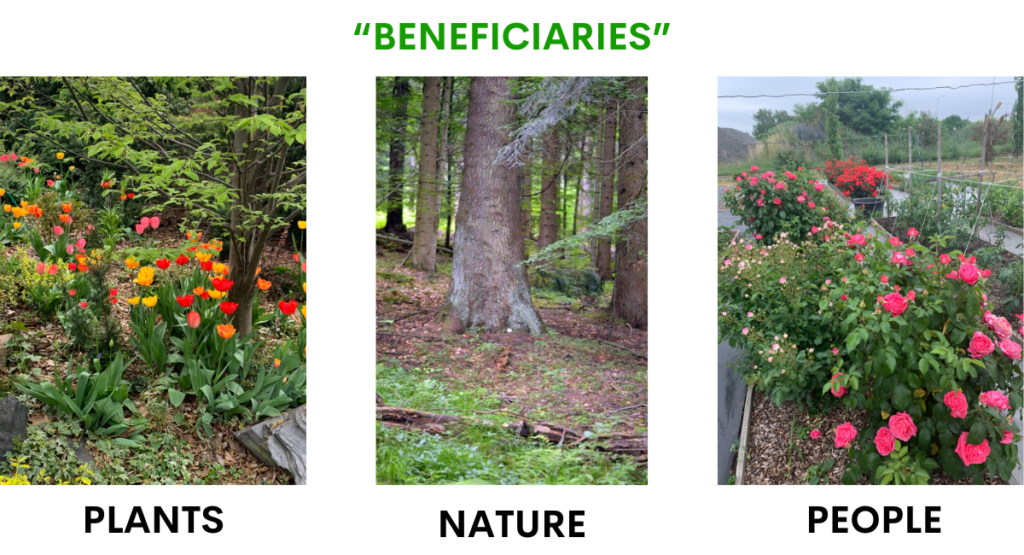
CO2 capture
CO2 capture from the air as a result of using natural rocks from stone construction industry for RCP production. Recently, enhanced silicate rock weathering has been evaluated as a potentiallargescale CO2 removal. (Beerling DJ, et.all. Potential for large-scale CO2 removal via enhanced rock weathering with croplands. Nature. 2020 Jul;583(7815):242-248. doi: 10.1038/s41586-020-2448-9.)
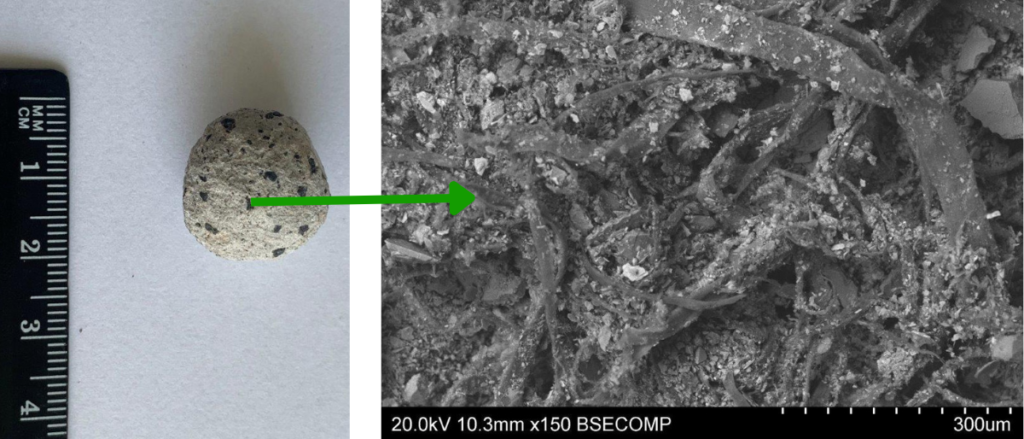
04. Our mission
The future of our planet depends on the actions taken today. We are geoenginnering company and now fully aware of the importance of addressing soil and enhancing its biodiversity. Our project is a response to this urgent need. We have specific ideas and unwavering determination. Now we are seeking partners who will join us in our mission to protect the climate and collectively take concrete actions for our planet.
Our ideas for future ecological projects
Semi Arid Fertility Islands – SAFI
The main objective for the SAFI project will be to use waste materials (short cellulose fibers and rock dust) to accelerate the development of new products and technologies that will increase plant-available soil moisture and ecosystem production despite decreasing precipitation. In drylands, arid-landscape biota will depend on pulsed and periodic infusion of moisture, minute changes in precipitation, and increases in drought frequency. The main task of our geoengineering technologies will be to keep available water close to plant roots in some kind of „reservoirs” buried in soil. Four kinds of soil water „reservoirs” proposed to be used in our project can be applied together or used separately.
1. Rock Cellulose Granules (RCG)

Granules completely and exclusively made from waste paper short cellulose fibres and rocks dust-slurry waste. These granules have great water retention capacity – up to 275 % and are source of natural nutrients from fine rock particles. Very fine silicate minerals particles with great specific surface enable longer carbon sequestration and atmospheric carbon dioxide removal via enhanced rock weathering -ERW technology. Additionally, RCG thanks to high water retention capacity can work as soil mesofauna hideout – support space during temporary dry periods and because of this calling by us as a „Soil Life Boats”
2. HydroSoil Impregmented willow sticks
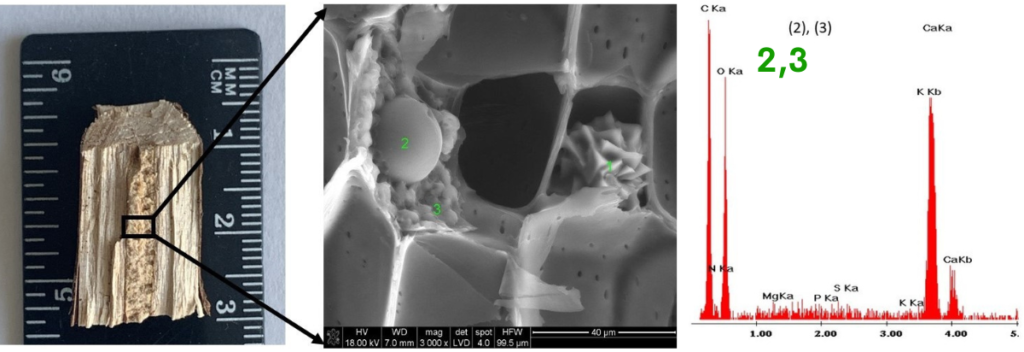
Crystallites deposited inside willow sticks/chips (HS) – identification by SEM Energy Dispersive Spectroscopy ,(2) (3) potassium sulphate mostly.
Impregnated wood sticks/chips: mineral fertilizers contents: total nitrogen N – 2 % , phosphorus P (as a P2O5 equivalent) – 0,2% , potassium K (as a K2O equivalent) – 1,5% , rest organic materials – willow Salix viminalis wood with water absorption capacity up to 250% (depending on the willow branches age used for production).
05. Our technology
3. Cellulose/Clay Retention Microlenses
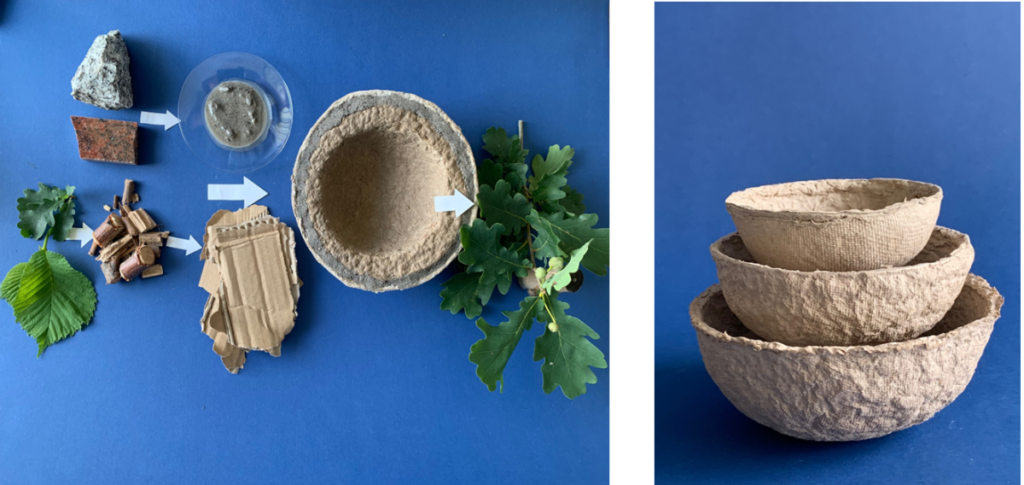
Product will be made from short fiber cellulose pulp which will be formed by pressing or vacuum based technology into a bowl shape and sealed with the natural clay. Product will be a reflection of natural water lenses occurring in nature. According to pre project calculations, our “retention microlense” with a diameter of 70 cm will be able to retain 64 dm3 of water.
4. Soil Capillary Transport Ducts (SCTD)
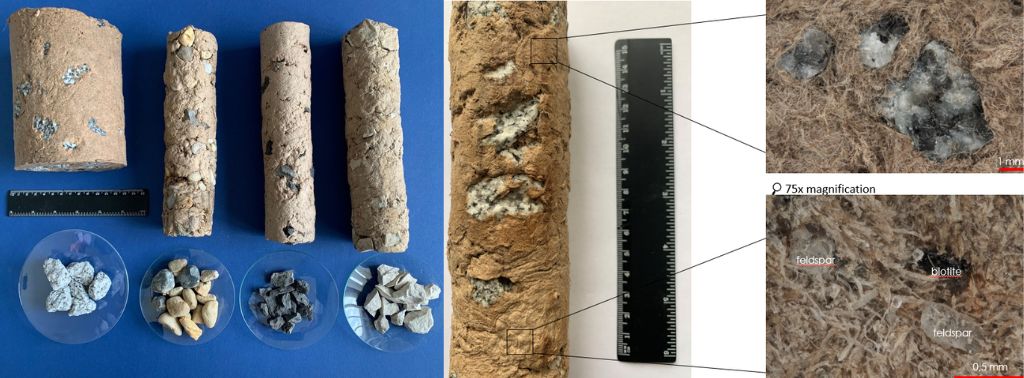
Product will be used for permanent soil aeration, increasing rain water (including torrential rains) infiltration and water uptake from deeper soil layers during dry periods to return it in the close vicinity of trees/shrubs roots.

Germination of a new Silver Fir tree (Abies alba Mill) on SoilLifeBoats in the Gorce Mountains, Poland.
„What is born in nature, returns to nature”
Together, we can achieve a lot for our planet! Our project transforms waste into products that nurture the Earth and capture carbon dioxide. With innovative technology and determination, we are changing the way we use resources. Join us to create a better future for future generations!



